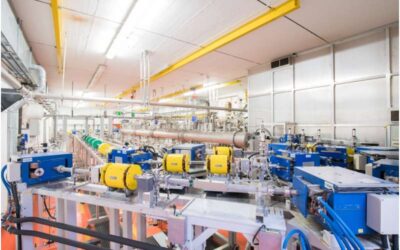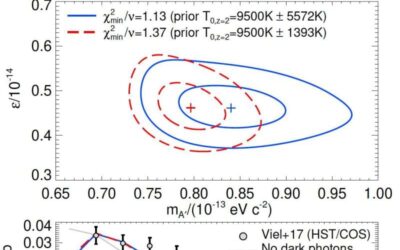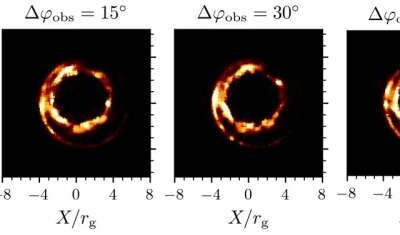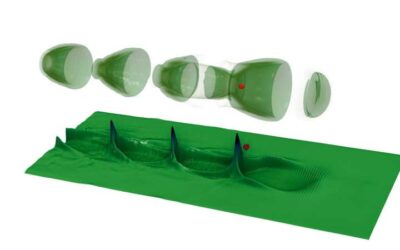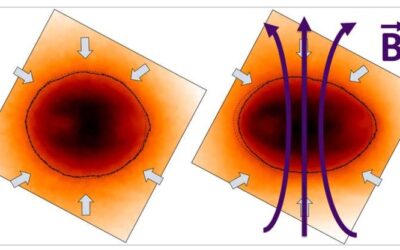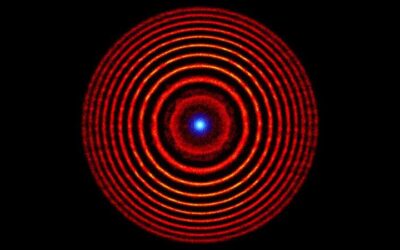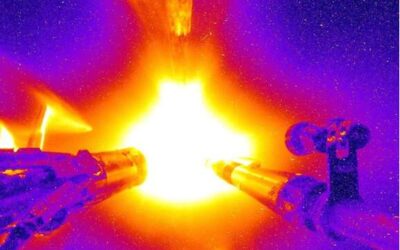Particle accelerators are devices that use electromagnetic fields to speed up particles and collide them together or against a specific target. These devices are widely used by physicists to study particles, the forces that drive them and interactions between them.
Plasma Physics
Study explores the possibility that dark photons might be a heat source for intergalactic gas
Gas clouds across the universe are known to absorb the light produced by distant massive celestial objects, known as quasars. This light manifests as the so-called Lyman alpha forest, a dense structure composed of absorption lines that can be observed using...
Simulations predict the existence of black hole radio-wave hot spots
Black holes, regions in spacetime where gravity is so strong that nothing can escape from them, are among the most fascinating and widely studied cosmic phenomena. While there are now countless theories about their formation and underlying physics, many questions...
The direct observation of highly nonlinear plasma waves
Over the past few decades, physicists and engineers have been trying to create increasingly compact laser-plasma accelerators, a technology to study matter and particle interactions produced by interactions between ultrafast laser beams and plasma. These systems are a...
Magnetizing laser-driven inertial fusion implosions
Nuclear fusion is a widely studied process through which atomic nuclei of a low atomic number fuse together to form a heavier nucleus, while releasing a large amount of energy. Nuclear fusion reactions can be produced using a method known as inertial confinement...
Borexino gathers the first directional measurement of sub-MeV solar neutrinos using a monolithic scintillation detector
Borexino is a large-scale particle physics experiment that collected data until October 2021. Its key mission was to study low energy (sub-MeV) solar neutrinos using the Borexino detector, the world's most radio-pure liquid scintillator calorimeter, located at the...
Researchers design holographic lenses based on plasma
Holograms are three-dimensional (3D) images produced by interfering beams of light that reflect physical objects or photographs. In recent years, they were introduced in a variety of settings, for instance to enhance employee training or create more engaging art.
New studies highlight the potential of self-heating plasmas for fusion energy
Most energy-producing technologies used today are unsustainable, as they cause significant damage to our planet's natural environment. In recent years, scientists worldwide have thus been trying to devise alternative energy solutions that take advantage of abundant...

